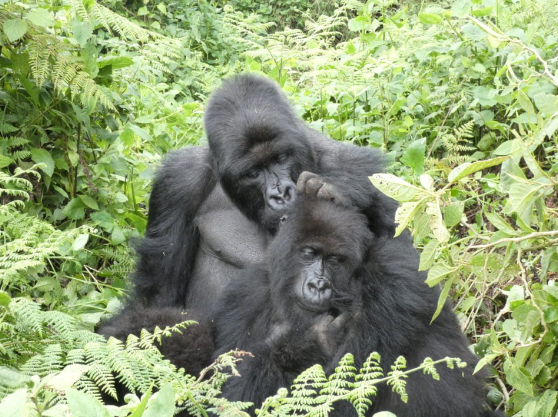Gorilla Grooming Behavior Explained
Gorillas are fascinating creatures with complex social structures and behaviors. One of the most intriguing aspects of their daily lives is grooming, a practice that goes far beyond mere hygiene. Understanding gorilla grooming behavior can shed light on their social interactions, emotional bonds, and overall well-being.
The Importance of Grooming in Gorilla Society
Grooming in gorillas serves multiple purposes, the most common being hygiene. By removing dirt, parasites, and debris from one another’s fur, gorillas maintain their health and cleanliness. However, grooming also plays a crucial social role. It helps strengthen bonds between individuals, creating alliances and reinforcing group cohesion. This behavior is a cornerstone of their social life, emphasizing trust and care within the troop.
Different Types of Grooming Behaviors
Gorillas engage in various grooming behaviors, each serving a unique purpose. For instance, mutual grooming, where one gorilla grooms another, fosters social bonds. This reciprocal behavior creates a sense of belonging and reduces stress within the group. Additionally, self-grooming is another important aspect; it allows gorillas to relax and manage anxiety. Interestingly, observers note that younger gorillas often initiate grooming with adults, showcasing their desire for connection and acceptance.
Grooming and Emotional Well-being
The act of grooming has profound implications for the emotional health of gorillas. Studies suggest that regular grooming interactions can reduce aggression and promote peaceful coexistence. When a gorilla grooms another, both individuals experience the benefit of social touch, which releases oxytocin, the “bonding hormone.” This chemical reaction not only enhances their emotional well-being but also contributes to a stable hierarchy within the group. In this way, grooming becomes a vital component of the gorilla’s social fabric.
Conclusion
The grooming behavior of gorillas reveals their complex and subtle social relationships. This behavior is not only a way to maintain cleanliness, but also an important social ritual for building trust and strengthening group bonds. By observing the grooming interactions among gorillas, we can glimpse their rich emotional world and deep sense of community.
Many artists who love nature and wildlife have also drawn inspiration from the strength and tenderness of gorillas to create stunning gorilla artworks—from vibrant gorilla sculptures to paintings depicting delicate emotions—all demonstrating humanity’s respect and reflection on these primates.
If you are interested in gorillas and their behavior, consider exploring their social structures and learning about the various conservation efforts undertaken to protect their natural habitats and ensure the continuation of the species.

